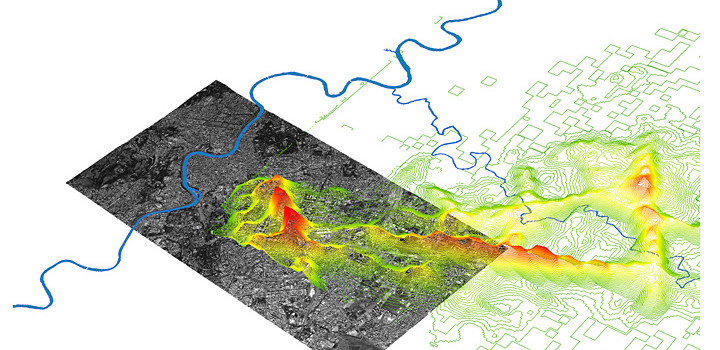I just finished reading Roadmap for the Digital City: Achieving New York City’s Digital Future (PDF 2.17MB). A glaring economic concern struck me, which the report acknowledges but does not address adequately, despite devoting several pages to it, and that is the issue of access by underserved populations.
Solutions offered by the plan include noble goals. Free wireless access in parks, training and services in public libraries, senior centers and public housing facilities, a pilot project to bring computing into the homes and schools of 18,000 sixth grade students. These programs directly address the cost of access and a disparity of technology learning in our community. I don’t want to discount these efforts, but do wish point out that the issue of access of the disadvantaged goes well beyond free wireless access.
It is disheartening to learn in the NY Times today that “free” Wi-Fi means, “The Wi-Fi in the parks would be free to all users for up to three 10-minute periods per month. Beyond that, users would pay 99 cents for each 24-hour period in which they log on.” The Times reports that, “It would be free to all subscribers to the broadband services of Cablevision or Time Warner,” which may include public housing where these services are available. In fact, the free Wi-Fi deal was a condition for renewing the cable franchise with the City. I would be interested in learning how many public housing residents are broadband subscribers with these services.
Here is another example: I have been providing computer training to an acquaintance who is a senior citizen and retired bookkeeper. She lives alone, is seeking employment, has worked with computers extensively in the past, but is about 15 years behind on the latest accounting technologies. She has a netbook with internet access but no mobile phone. For her, an iPhone app is useless and Twitter is bewildering (though she does like Facebook). Nothing really works the way she expects it to, including NYC.gov.
A large part of the Digital Roadmap involves community engagement through initiatives like PlaNYC’s Change By Us and the NYC Big Apps contest. Change By Us is a map-based website to collect thoughts from citizens about how to make New York City more livable. The NYC Big Apps Contest, an application development contest, sponsored by BMW, that invites developers to utilize open data collections from the City to address citizen needs, has indeed been a highly successful and exciting initiative raising awareness of engineering talent in NYC among the VC community and the technology industry at large. Keep in mind however, that it required an internet access to submit ideas to Change By Us and the Big Apps contest. So the citizenry making the requests are already connected.
The Digital Roadmap report notes challenges including staffing constraints and complicated legacy systems, and plans to a large degree to let its open government platform allow the developer community to create apps to address citizen needs, which they hope would be more cost effective than creating the services themselves. This crowdsourcing is indeed an effective way to get rapid development of products that the population actually wants and I am a big fan of the NYC Big Apps Contest. But while the Roadmap notes concern that the economically disadvantaged may not have access to the iPhones and Android technology that most of the Big Apps winners develop for, it’s the flashier apps that have the most appeal among those that are tuned into the contest.
There are competing needs at stake here. On one hand are the VC funders who want to earn money on apps that serve a deep pocketed consumer market and the developers who want to wow potential funders and employers with their mastery of the latest programs for the coolest toys. On the other are the City’s poor, senior citizens and those with developmental needs for which these toys may not be affordable, accessible or easy to use. The city is counting on corporate contract terms and good-hearted hackers to address citizen needs.
I understand that the City is forced to look to outside developers to serve these needs because tax revenue is so low. The strategy to open data and let developers come up with apps is a great way to provide services on a large scale, but not the best way to serve the needs of the underserved. And cutting inadequate deals with providers is more a way to say “We did it,” than to say “We did it right.” There needs to be an incentive for building apps for economically disadvantaged groups.
This all sounds very dreary. I should note that I am excited to see the level of engagement and openness in city government. After participating for 20 years in grass roots efforts to create an open discussion and sharing of public data, via my involvement with GISMO and the Municipal Arts Society’s Community Information Technology Initiative, it’s a step in the right direction.
But we can do more. And I’m working on an idea for involving my own developer community (IA, UX, GIS, etc) in coming up with a plan. If you are interested, please let me know.











